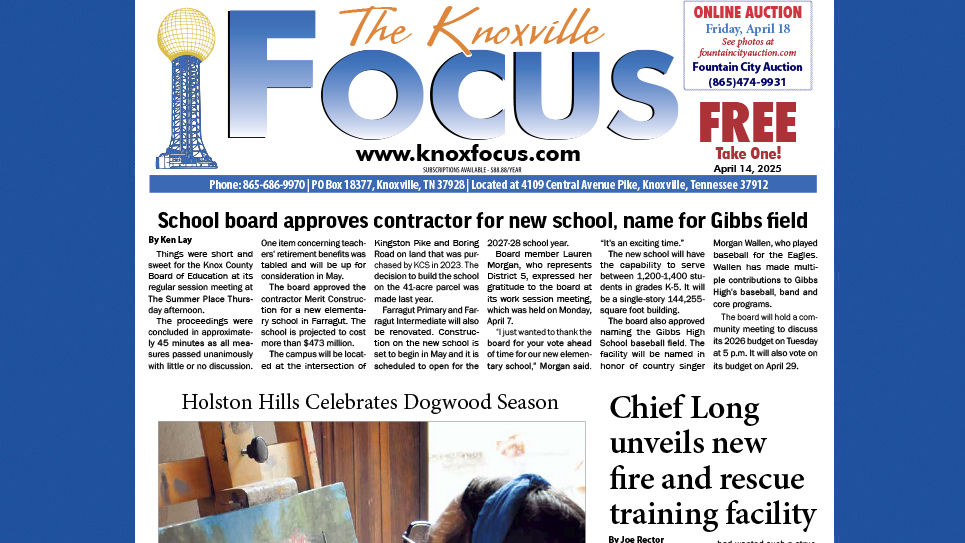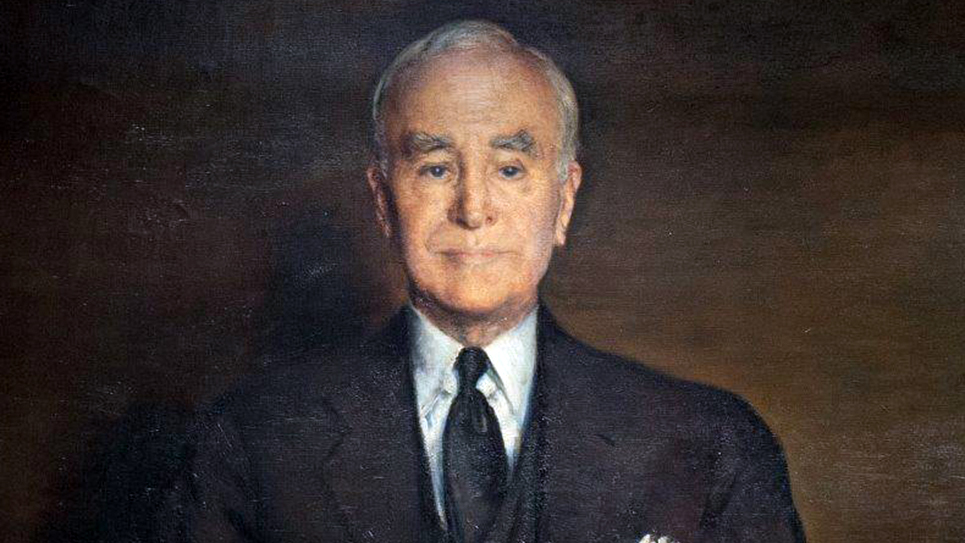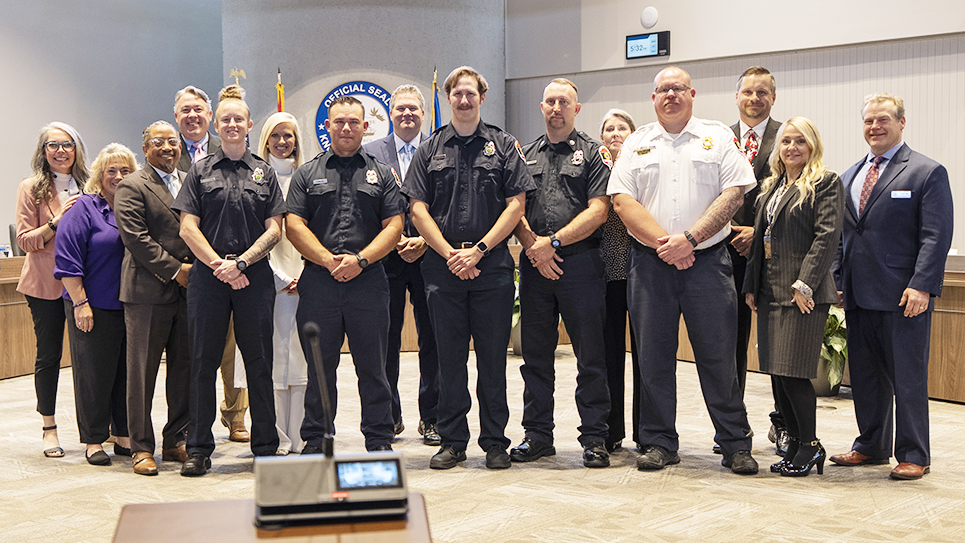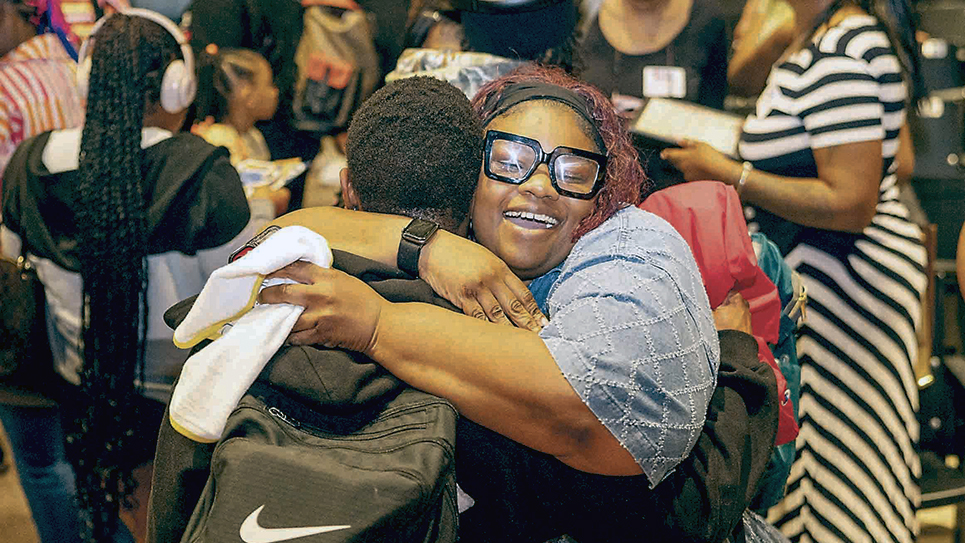Known then as now as the ‘Swamp Rat’
By Tom Mattingly
The immediate future might not have looked bright for the Vol program in the fall of 1963. The last bowl game was in 1957, and the Vols had compiled records of 4-6, 5-4-1, 6-2-2, 6-4, and 4-6 since that time.
The final tally for that season was 5-5 under head coach Jim McDonald, with a change in football philosophy on the way, as the Vols were moving from the single-wing to the “T” a year later.
With the advantage of hindsight, however, an observant fan can look at that season’s rookies and find a number of young men who would contribute to the renaissance of Vol football under Doug Dickey.
There were some historically relevant names from this class found in a story in the Knoxville Journal from Sept. 12, 1963, nine days before the season opener against Richmond.
A story titled “Frosh Team Features Big Line” tells us there were 52 freshmen on hand for that fall campaign, with 40 on scholarship and 12 out on their own.
Dale Haupt was the freshman coach that season and was impressed by what he had seen.
“We have some big linemen,” he said, “and several of them have shown some real promise in scrimmage work against the varsity. I’m sure a lot of them will be playing a lot of varsity ball next season.”
There were some big names on the list, some of the integral pieces of Tennessee Vol history.
One was Knoxville’s Ron Widby, who earned 1966 All-American honors as a punter and as a forward for Ray Mears in hoops in 1966-67.
“John Mills, a member of the Journal-Coaches’ All-East Tennessee team last fall as a quarterback,” the story read, “has been converted to end and has made the transition in fine style. Another end with major league potential is Paul Naumoff from Columbus, Ohio.”
Mills, known in his Tennessee playing days as “Johnny,” did make it at wide receiver. Naumoff found his niche on the defensive side of the ball, at end, then at linebacker.
He was All-SEC and All-American in 1966, with Mills also being named All-SEC. Paul had a distinguished career with the Detroit Lions from 1967-78.
The story also took note of “Fayetteville’s Joe Graham, a 6-1, 205-pounder, and Bobby Morel, 210-pound star from Battle Ground Academy.” Graham became an offensive lineman and was one of the standouts of the 1967 bunch, one of the best in Vol history. Morel was a spunky nose guard who got by on sheer determination and grit. Derrick Weatherford, who came to Tennessee from Darlington, S.C., contributed mightily during his career.
At wingback were Ron Jarvis of Pittsford, N.Y., and Harold Stancell of Karns High School in Knoxville. Jarvis played fullback. Stancell was a starter in the secondary from 1964-66.
Among the contenders at blocking back was Doug Archibald from Sarasota, Fla. He started as the “monster” (a floating linebacker/strong safety deployed in unexpected places) in 1964 and as a more traditional linebacker in 1966. He had the game-clinching interception and touchdown return in an upset win against Georgia Tech in 1964.
Knoxville’s Rod Harkelroad was listed among the centers. He didn’t play a lot, but before Rod died several years ago, he and Elliott Gammage helped steer Outland Trophy winner Steve DeLong through a rough patch in his life.
Then came the topper of them all, a player who came out of nowhere to be a star.
He was a tailback from Savannah, Ga., signed by assistant coach Bob Woodruff, aided immeasurably by former Vol center Lamar Leachman, his high school coach. He had a famous nickname that has spanned the generations, known then as now as the “Swamp Rat.”
He was Dewey Warren, and we all know well how things worked out for him, once he discovered jersey No. 16 and earned his chance against Ole Miss. Never mind that, when Charlie Fulton was injured that day in Memphis, Dewey found himself in the Vol huddle without his helmet.
“Humming that tater.”
Never lacking in confidence, Dewey brought his own brand of “swagger” to the Vol offense. His game-winning scoring run in the 1965 UCLA game, the famed “Rosebonnet Bowl,” is always worth another look. It was a 1-yard run that took forever, but as Dewey has always noted, the official raised both hands skyward when he found the goal line.
You also had the impression that if Dewey started walking down the street, teammates would fall in behind him just to see where he was going.
Even when things might have looked bleak in the Vol program, there were players on campus ready to make a positive impact on Vol fortunes. There weren’t many of them, but all they needed was an opportunity. It was a memorable time in 1963-64 that led to many memorable moments in the years to come.






